Articles
H.O.W.

How to Ship in Alaska
The "last frontier" can be a daunting place for shippers moving freight unless they select the right airfreight forwarders to work with. Alaska is twice the size of Texas and has 640 square miles of land for every mile of paved road. When waterborne transport isn’t an option, freight moving in and out of Alaska […]
Read More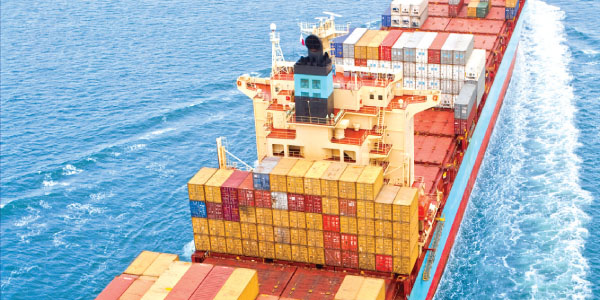
How to Improve Maritime Cargo Security
When U.S. Customs and Border Protection (CBP) introduced the Customs Trade Partnership Against Terrorism (C-TPAT) initiative in the aftermath of Sept. 11, it gave government, shippers, carriers, port authorities, and other transportation and logistics intermediaries a platform to build better security protocol into the supply chain. As a consequence, shippers today are taking cues from […]
Read More
How to Benefit from SaaS TMS
Emerging technology platforms are accelerating the maturation of transportation and logistics solutions, particularly those that enrich and empower the user community by integrating partners and aggregating data. The Software-as-a-Service (SaaS) transportation management system (TMS) is a prime example. SaaS TMS is a single-instance, multi-tenant environment where customers and their partners access a shared solution via […]
Read More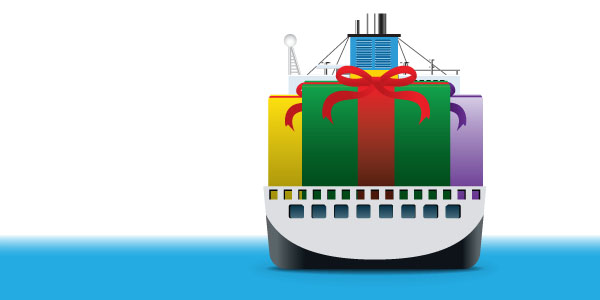
How to Manage Peak Season Variability
August is usually the busiest time of year for global manufacturers, retailers, steamship lines, and transportation and logistics intermediaries as they begin ramping up inventories and capacity to manage the holiday freight surge. In 2011, however, a sluggish economy, continuing changes in consumer buying habits, and leaner ocean carrier fleets conspired to toss peak season […]
Read More
How to Evaluate a 3PL Partner
Shippers, carriers, and even small intermediaries increasingly rely on third-party logistics (3PL) service providers to manage non-core logistics and supply functions, access capacity, and tap technology capabilities. 3PLs create value by pushing the envelope and helping customers reduce costs through tactical improvements, and enhance overall supply chain performance with strategic business process enhancements. Making the […]
Read More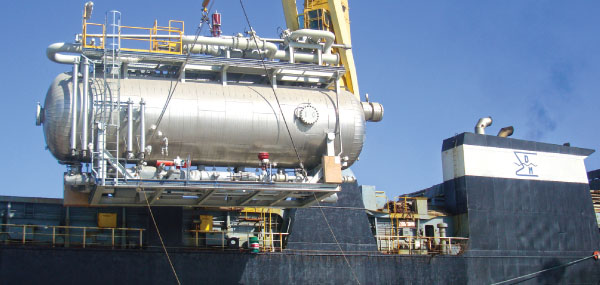
How to Ensure Successful Transportation of Your Project Cargo
When it comes to transporting over-dimensional or heavy-lift cargo—whether it’s equipment bound for Alberta oil fields or turbine components for an Iowa wind farm—transportation and logistics demands are infinitely greater because they are unique to each situation. The complexity of moving unwieldy cargo as quickly and economically as possible requires collaborative partnership, attention to detail, […]
Read More
How to Drive Collaborative Distribution
MORE TO THE STORY: Playing the Part In the retail space, competition among small and medium manufacturers is fierce. But many are missing out on significant cost savings by failing to recognize and execute shared strategies that consolidate shipments in the interests of all supply chain stakeholders. The collaborative distribution concept leverages freight consolidation as […]
Read More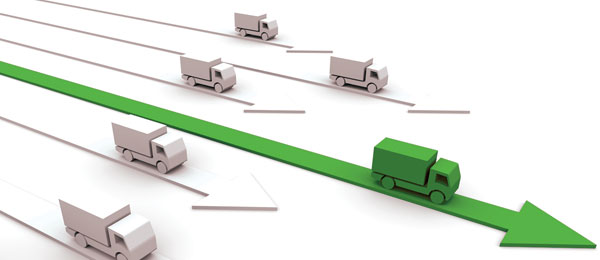
How to Select Expedited Services
MORE TO THE STORY: 5 Steps to Expediency, Efficiency, Economy Expedited delivery is a necessity for all companies, whether they are meeting unexpected seasonal demand or managing shipments by exception. They use expedited service to move parcel and temperature-sensitive packages, specially packaged product, oversized equipment— and everything in between. Cost is secondary to timeliness and […]
Read More
How to Develop a Direct-to-Store Delivery Model
MORE TO THE STORY: Is a Direct-to-Store Delivery Model Right for You? Speed is the name of the game in today’s retail landscape. How quickly products are purchased from store shelves depends on a myriad of factors: consumer preference, special promotions, and brand recognition, to name just a few. The real trick to gaining speed […]
Read More
How to Find the Best EDI Solution For Your Operations
MORE TO THE STORY: 7 Rules to Finding the Best EDI Solution In today’s supply chain, change is a constant. Businesses have to gather and communicate information in real time to manage variability and efficiently match supply to demand. Flexibility and scalability are important. But with new sets of transactional requirements and data elements emerging, […]
Read More
How to Enable a Proactive Supply Chain
MORE TO THE STORY: 5 Steps to Supply Chain Empowerment Tomorrow’s supply chains will be intertwined supply networks predicated on responding to supply and demand changes as they happen, not after the fact. Transaction and shipment exceptions are common, so businesses must be able to account for these variables by enabling a proactive supply chain. […]
Read More
How to Leverage Rail/Intermodal For Refrigerated Freight
MORE TO THE STORY: A Refrigerated Case Rail/intermodal solutions are fast gaining traction among shippers looking for additional capacity, exploring more cost-effective transportation options, and seeking means to reduce their impact on the environment. While there has always been a captive rail audience among bulk commodity and dry goods shippers, more specialized freight, including refrigerated […]
Read More
How to Ship to Alaska
MORE TO THE STORY: Finding the Right Partner Alaska RFP/RFI Alaska can be a challenging place to move freight. The state’s vast and varied terrain, harsh and unpredictable weather, and distance from the rest of the United States present unique challenges for shippers. Whether the task is transporting consumer goods to cities in southeastern Alaska, […]
Read More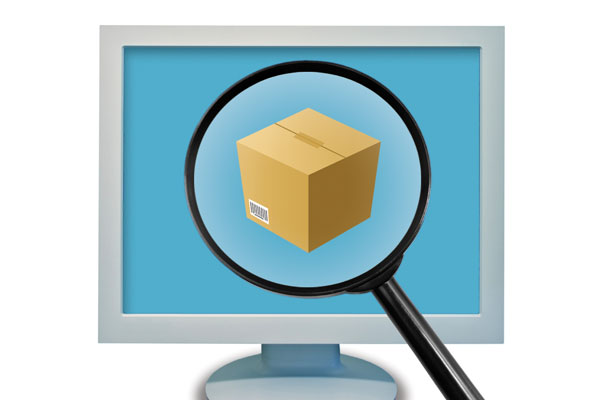
How to Select a Transportation Management Solution
MORE TO THE STORY: The TMS Revolution Selecting a new transportation management system (TMS), whether fully outsourced, hosted, or internally installed, requires much due diligence to pair functional need with strategic vision. Shippers can get the most out of their TMS solution and service provider by following five progressions. Know what you need before you […]
Read More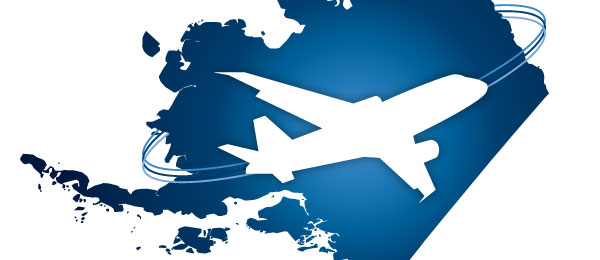
How to Ship Air Freight in Alaska
MORE TO THE STORY: 4 Air Freight Takeaways Spanning 570,374 square miles of land mass— more than twice that of Texas— Alaska has the third-lowest population in the United States and the lowest population density at approximately one person per square mile. North to south, the state covers 1,400 miles, compared to 2,700 miles side […]
Read MoreHow to Standardize Fuel Surcharges
MORE TO THE STORY: DRILLING DOWN FREIGHT SPEND A wise person once stated that if you have two watches, you never know what time it is. When considering the effects of fuel surcharges on line-haul rates, this analogy is appropriate. If both are allowed to fluctuate, making sense of total freight spend and the intrinsic […]
Read MoreHow to Outsource Wind Logistics
As demand for renewable energy sources grows and green best practices take root, the wind energy industry keeps blowing across the United States. Regardless of whether wind turbine components are sourced globally or domestically, the demands placed on shippers and transportation and logistics service providers are extreme. Planning, organizing, and executing wind turbine moves requires […]
Read MoreHow to Gain Reverse Logistics Efficiency
Forward thinking companies increasingly need to consider reverse. With so much attention, time, and capital spent on exploring ways to move the enterprise in new directions, what’s left behind is often overlooked and under-controlled. Reverse logistics covers a wide array of services—from inspection, repair, and remanufacturing to consumer returns and aftermarket recycling. It can reduce […]
Read MoreHow to Create a Lean Warehouse Culture
MORE TO THE STORY: Lean in Principle There are three core parts to orchestrating lean tactics in a warehouse: tools, methods, and culture. Most companies have the equipment and processes to embrace lean. Culture, however, is often missing. Crafting an organizational culture that empowers lean concepts is a recurring challenge for companies, yet it yields […]
Read MoreHow to Capitalize on Importer Security Filing (10+2)
MORE TO THE STORY: MAKE 10+2 WORK FOR YOU Sometimes opportunities present themselves in the unlikeliest places—in the bureaucracy of Customs compliance, for example. When U.S. Customs and Border Protection (CBP) introduced the idea of Importer Security Filing (10+2) early in 2008, many global shippers and consignees greeted the proposal with reservations. The mandate requires […]
Read More